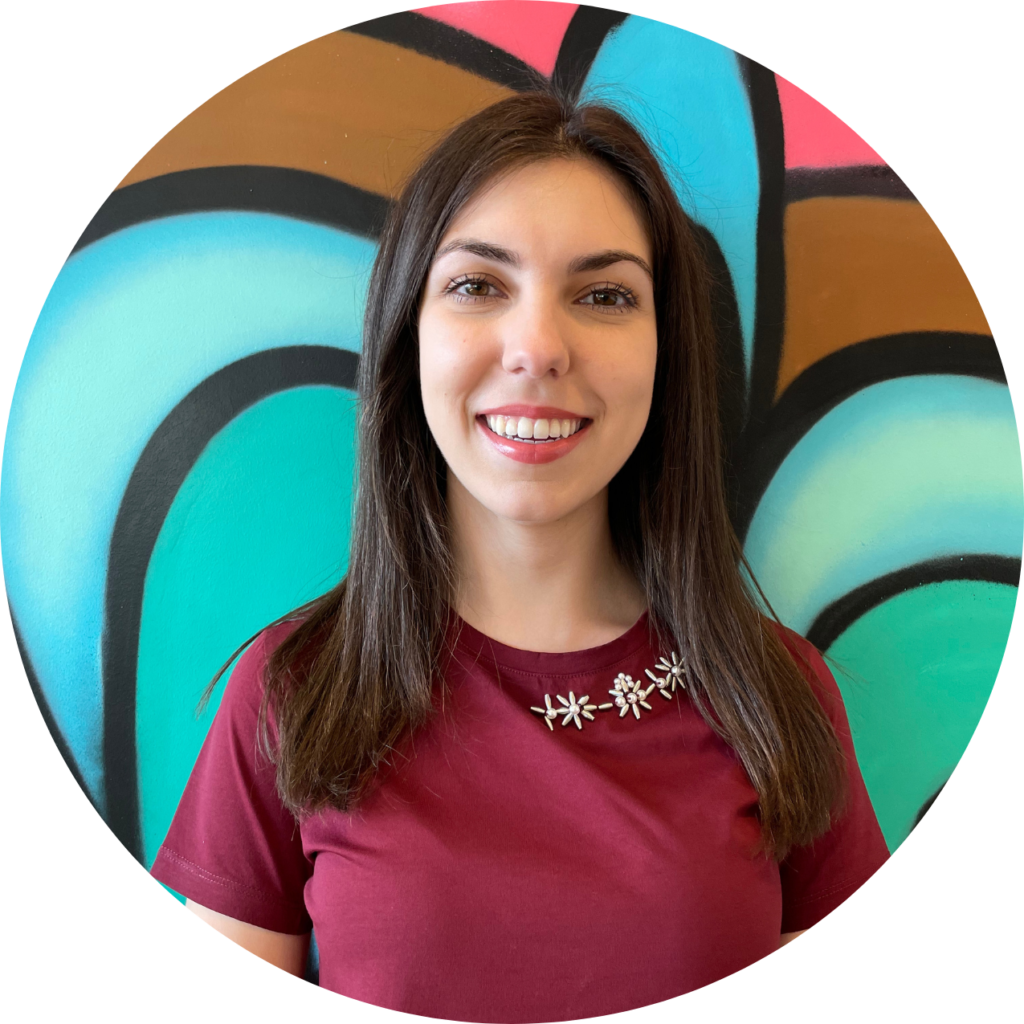Get to know Alexandra!
Alexandra Bitzilos
Putting her clients’ well-being at the forefront of every session, Alexandra seamlessly integrates various techniques, including structural, visceral, and cranial methods, to ensure that her treatments are effective for people of all ages and backgrounds.
In addition to her osteopathic expertise, Alexandra also possesses a wealth of experience, spanning a decade, in working with special needs children. This experience has granted her a unique understanding of her clients’ individual needs and allows her to prioritize their well-being effectively.
Throughout each session, Alexandra’s primary goal is to guide her clients towards achieving balance in their lives and realizing their objectives for a healthy and fulfilling existence.


What is osteopathy?
Osteopathy, also known as the osteopathic approach is a manual therapy discipline. Its main goal is to help restore the human body’s natural equilibrium and harmony. Osteopathy is a discipline based on the anatomy, physiology, and biomechanics of the human body. The client is intervened with a global approach, so rather than simply to intervene the symptom the body is to intervene as a whole entity. Clients of all ages can benefit from osteopathy.
The osteopath, with the use of different techniques, will intervene the body on many different levels such as articular, visceral, cranial and fascial. This approach differentiates itself from others because it is aimed at discovering the cause of the problem rather than simply focusing on the symptoms. The key is to keep the different structures of the human body mobile. A loss in mobility causes functional as well as circulatory and/or nervous limitations. This loss of mobility can cause repercussions locally and possibly distally by forcing the body to compensate in other areas in order to maintain its equilibrium.
The osteopath’s job, therefore, is to make sure that the different elements of the body remain mobile in order to allow the body to function properly and remain healthy.
